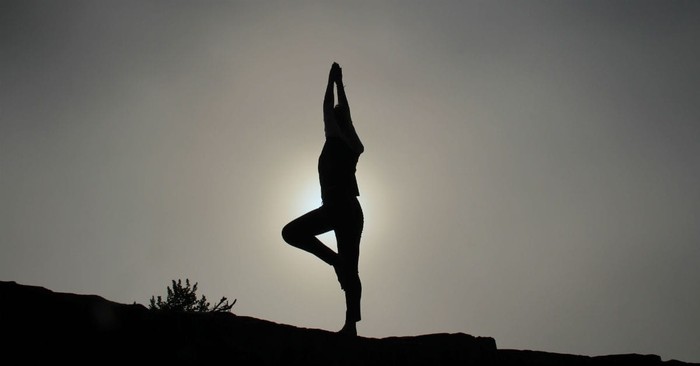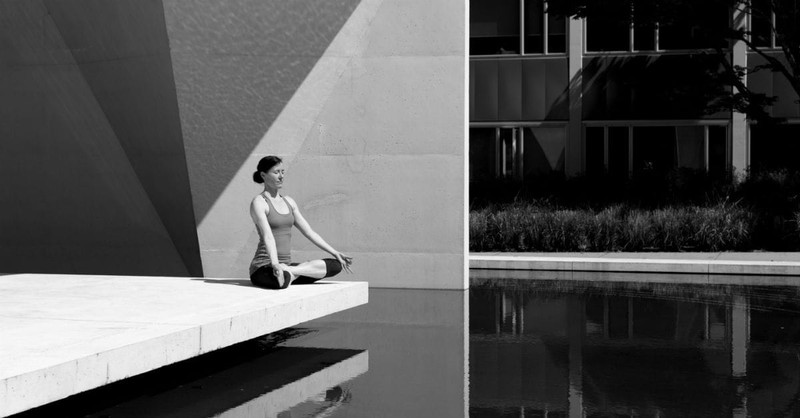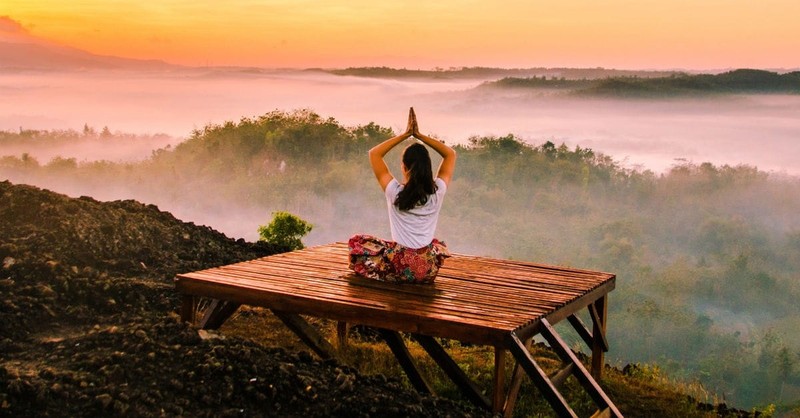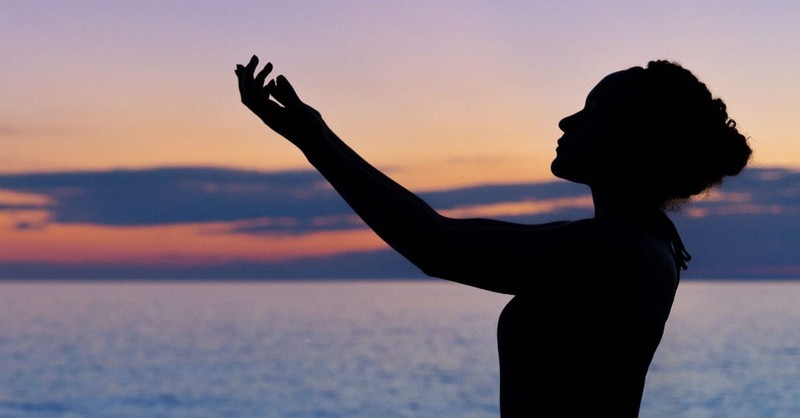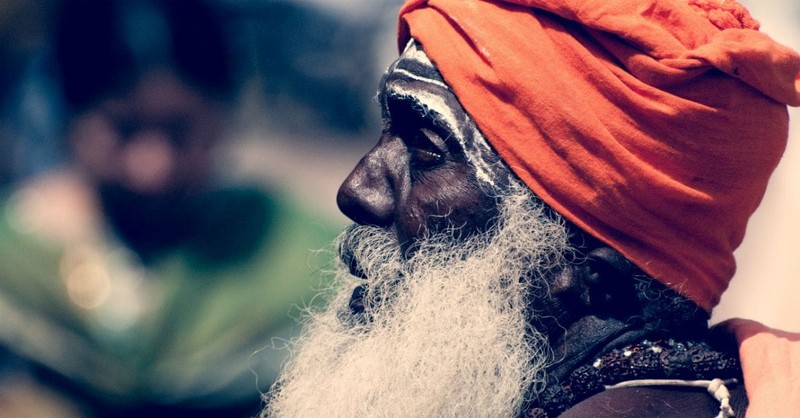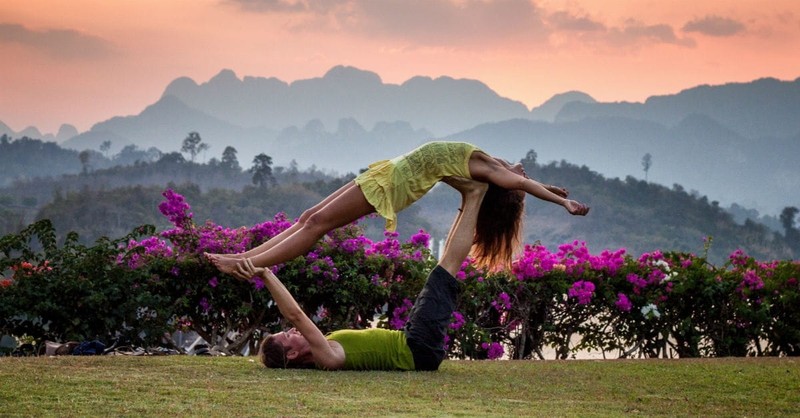If you practice yoga (asana), you may recognize some of these common poses from yoga class. Though helpful stretches in Western culture, they also have a spiritual significance in Eastern religion. William Kremer writes, “To those in the know, for example, the yogic asanas, or positions, retain elements of their earlier spiritual meanings.”
1. Sun Salutation
This series of poses is done as a warm up or cool down in yoga. It gets the blood flowing and warms the body. The benefit of a sun salutation is to stretch the whole body and prepare you for more challenging poses if done as a warm up. As a cool down, its aim is to calm and focus you, preparing your mind to face the rest of the day.
In Hinduism, the Sun Salutation or “the Surya namaskar is a series of positions designed to greet Surya, the Hindu Sun God.”
2. Cobra Pose
This part of the Sun Salutation stretches the torso, as you look upward and arch your back with hands planted firmly below shoulders on the mat with toes gently resting behind.
The alternate meaning behind this pose also called Bhujangasana is the Hindu idea “the spirit-snake power (kundalini) that is activated and elevated in the body by means of yoga; also associated with Patanjali, the sage who wrote the Yoga Sutras, who is depicted as a hybrid man-snake.”
3. Warrior Poses
Warrior One, Warrior Two, and Warrior Three are poses that require balance as you stretch arms upward or out and twist the body and lunge. As with other yoga poses, this requires focus and calm breathing. These poses aim to “elongate” the body, increasing flexibility in the limbs.
These poses have an alternate meaning in Hinduism. The poses, Warrior One, Two and Three, are also known as Virabhadrasana and depict a myth that is about a bloody “family feud,” the central character being the deity Virabhadra, an incarnation of Shiva.
4. Half Spinal Twist
This Half Spinal Twist pose in yoga is more intermediate. It is a seated pose, with one leg folded, the other bent, you lean the opposite arm against the thigh and stretch the spine and torso, twisting the shoulders and focusing your gaze behind. This stretch is often a cool down in yoga when the body is already warm, to maximize this deep stretch.
Half Spinal Twist, also known as Lord of Fish or Matsyendrasana is named for the Hindu “guru and medieval co-founder of hatha yoga who learned the secrets of Tantric yoga and occult arts while in a fish’s belly.”
Photo Credit: Unsplash
